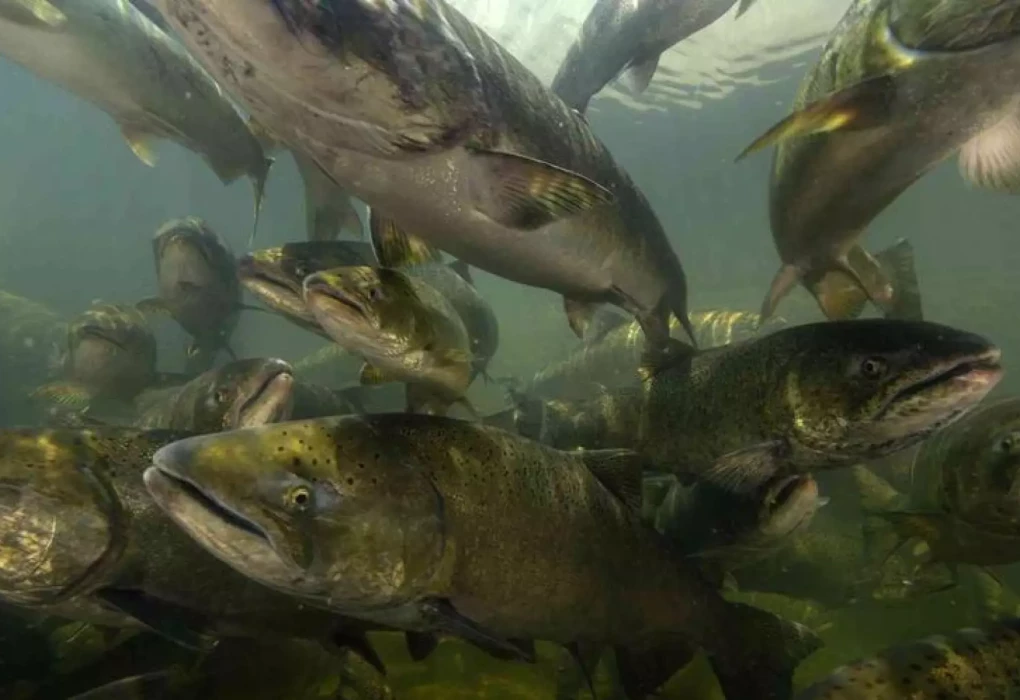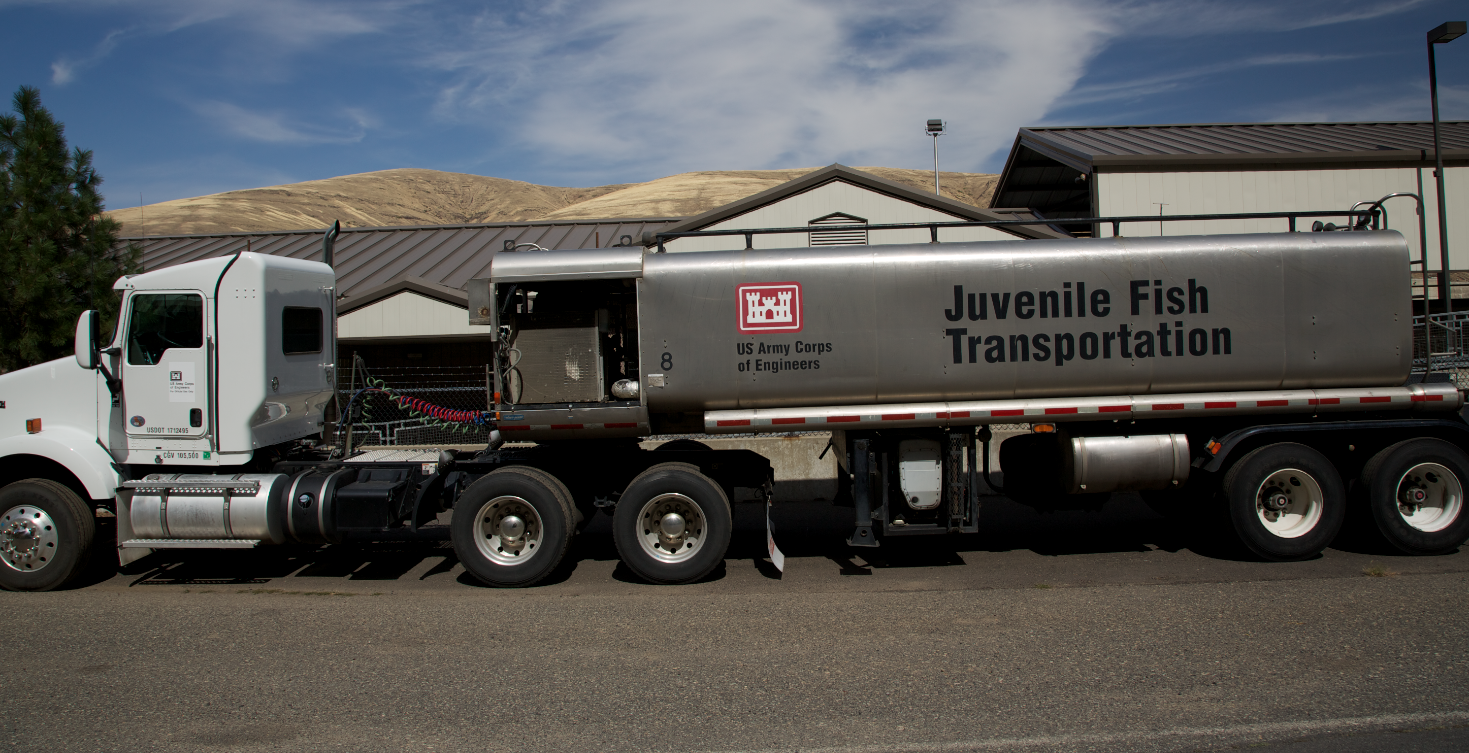Happy World Fish Migration Day!
As we celebrate World Fish Migration Day on May 25th, 2024, Native Fish Society is proud to highlight our ongoing efforts to revive wild native fish populations, free-flowing rivers, and thriving local communities throughout the Pacific Northwest.
Many native species, like salmon, steelhead, and Pacific Lamprey, travel long distances to breed, feed, and complete their life cycles. However, issues like dammed water, flow variability, and water pollution have threatened their survival. But by removing dams and enhancing fish passage, we're making positive changes for fish migration.
Here are some of the key projects we're working on to protect and restore these essential natural processes:
Winchester Dam/North Umpqua River
The derelict Winchester Dam on the North Umpqua River has long been a barrier to fish migration, impeding access to over 160 miles of critical upstream habitat. Following the catastrophic events of last summer, we have been working diligently to keep the pressure to ensure accountability, and to remove Winchester Dam to return the North Umpqua to an all-wild, free-flowing river.
Kellogg Creek
Kellogg Creek presents an exciting opportunity to observe how native fish utilize urban habitats once they are reopened. This habitat could potentially support sea-run cutthroat trout and provide cold water habitats during hot summer months for fish escaping the heat of the mainstem Willamette. Removing the dam on Kellogg Creek will also introduce more local people to Oregon’s native fish, especially those who might not have the opportunity to travel to more remote, pristine rivers.
Deschutes River

The failure of the current program to reintroduce salmon and steelhead above the dams on the Deschutes using two-way trap and haul (trapping adult and juvenile salmon and steelhead above and below the dams, then loading them into trucks, and driving them around the dams) suggests that this type of non-volitional* fish passage is not a viable solution. To secure an abundant future for the anadromous fish in the Deschutes watershed, it is clear that the dams must come down. Only then can we ensure the free passage of fish and the restoration of this vital ecosystem.
*Non-volitional: meaning that fish are moved around a barrier through outside intervention, as opposed to swimming past the barrier of their own volition using behavioral cues. Source: NOAA
Sandy River
The removal of Marmot Dam on the Sandy River has led to a remarkable increase in steelhead and spring Chinook populations. This success, alongside the implementation of a weir to prevent hatchery fish from spawning with wild fish, offers hope for the recovery of wild salmon. During a period when salmon and steelhead numbers are declining in other watersheds, the Sandy River’s story serves as a beacon of hope for what can be achieved through dam removal.
Willamette River
The Willamette River faces numerous challenges due to the presence of dams, including poor fish passage (especially for juvenile fish), water quality issues, and flow problems. We have secured some operational changes through litigation, in collaboration with allies like the Confederated Tribes of Grand Ronde, public power entities, and other conservation groups. However, more work is needed. Removing the minimal hydropower these dams produce would allow for more flexible operations, benefiting downstream fish passage and potentially saving significant costs. While these dams are necessary for flood control, they can and should be managed in ways that better support fish and river ecosystems.
Restoring Salmon Protections
To help with fish recovery efforts, Oregon law requires all artificial barriers, such as dams and culverts, have “fish passage” – a way for the fish to get around the barriers. Until recently, “fish passage” was defined to mean structures like fish ladders or lifts that allowed fish to get around dams independently (i.e. “volitionally”). However, in 2022, the Oregon Department of Fish and Wildlife (ODFW) weakened these protections by changing the definition of “fish passage” to include trapping and hauling the fish around the dam. Instead of requiring that human-made barriers like dams be upgraded to allow fish to swim freely past them, the weakened rules allow to trap salmon and load them into trucks for transport around dams, resulting in much lower survival rates. In response, Native Fish Society, along with six other advocacy groups, collaborated with Crag Law Center to file a lawsuit challenging the weakened fish passage protections decision by the ODFW Commission, petitioning for review in the Oregon Court of Appeals.
Source: Crag.org
As we celebrate World Fish Migration Day, Native Fish Society remains committed to these vital projects. Each river, each dam removal, and each restoration effort brings us closer to a future where wild native fish thrive in free-flowing rivers. Join us in supporting these initiatives and advocating for the revival of native fish in the homewaters we all love!





